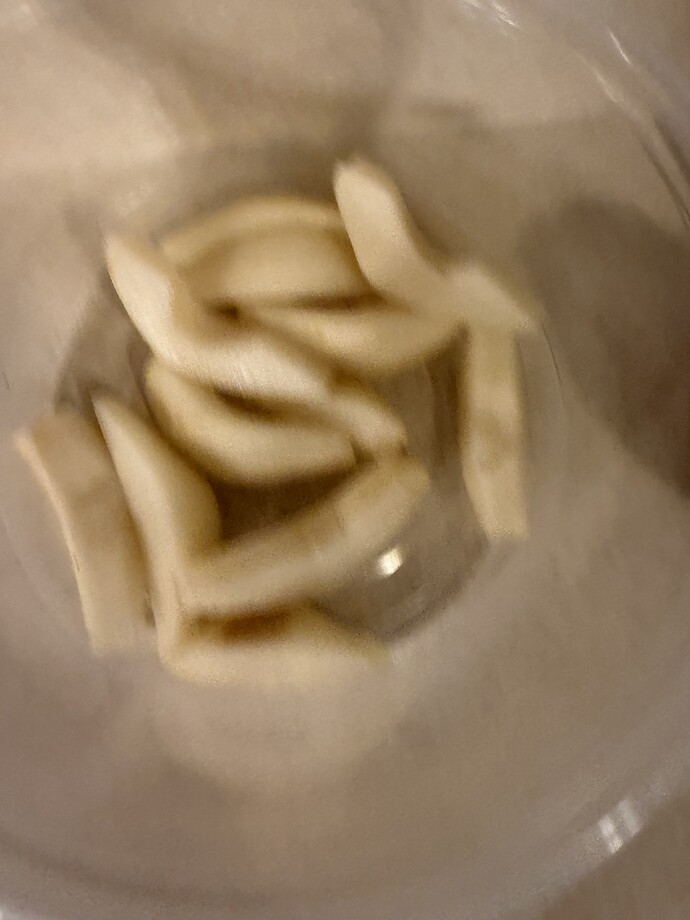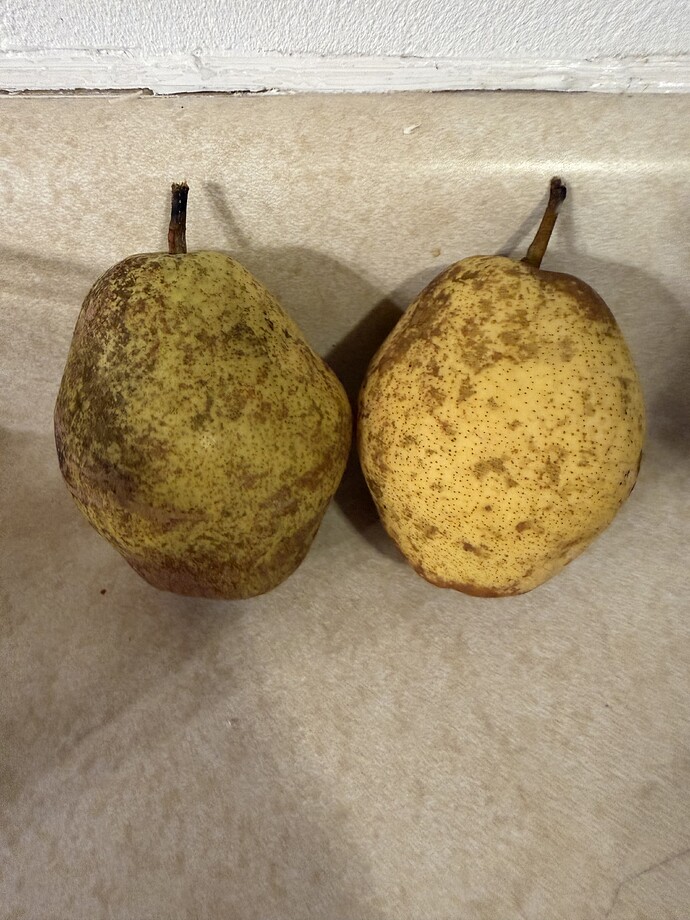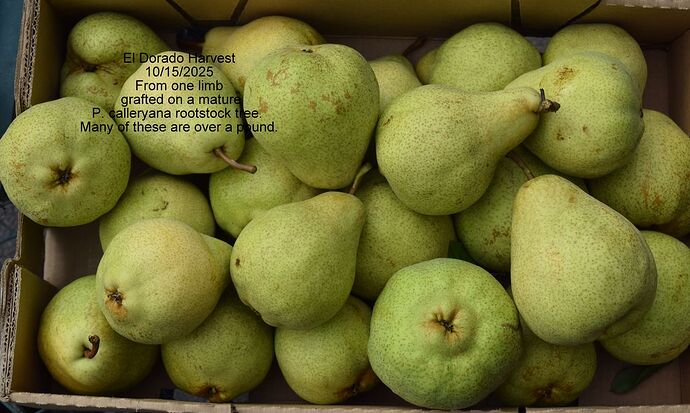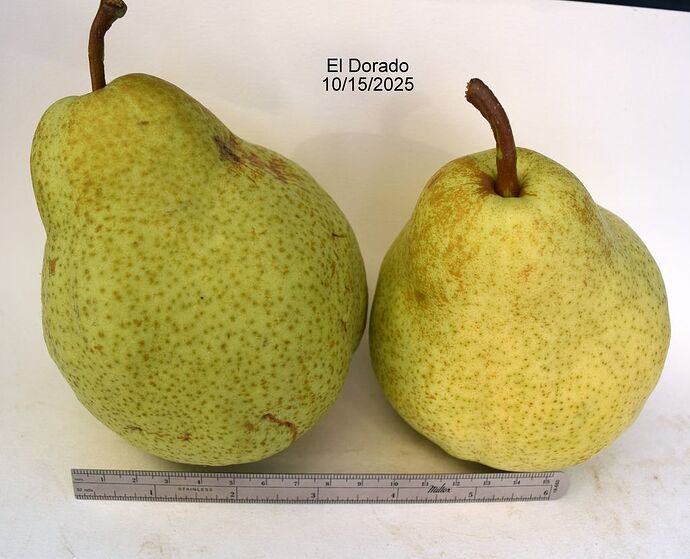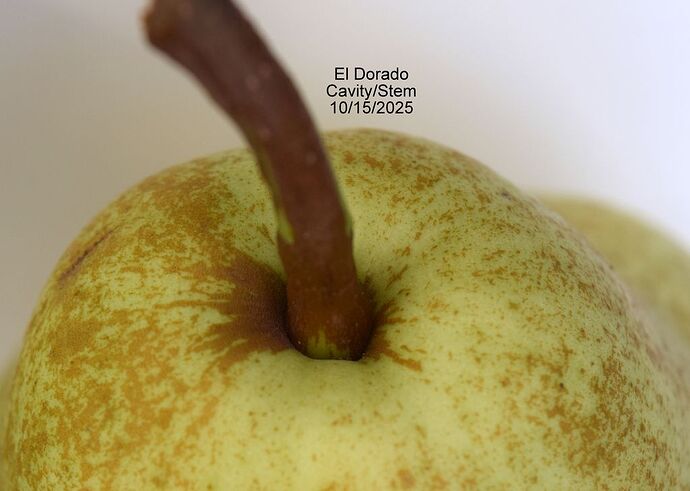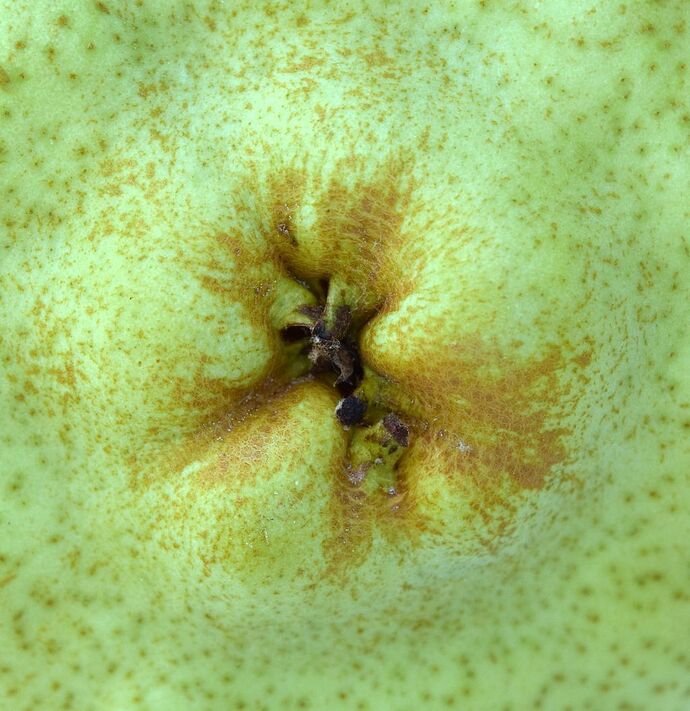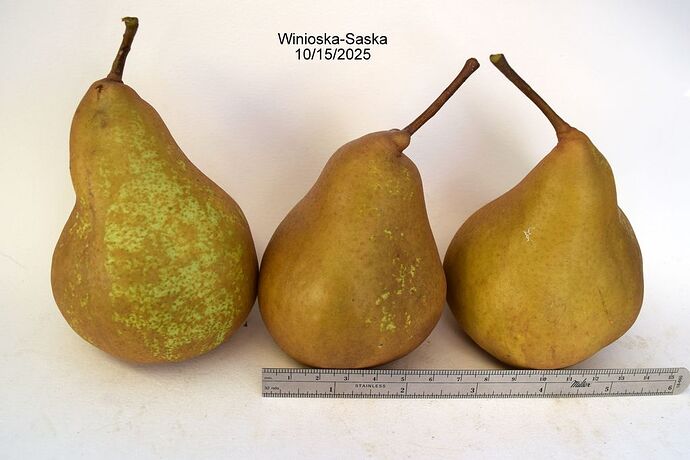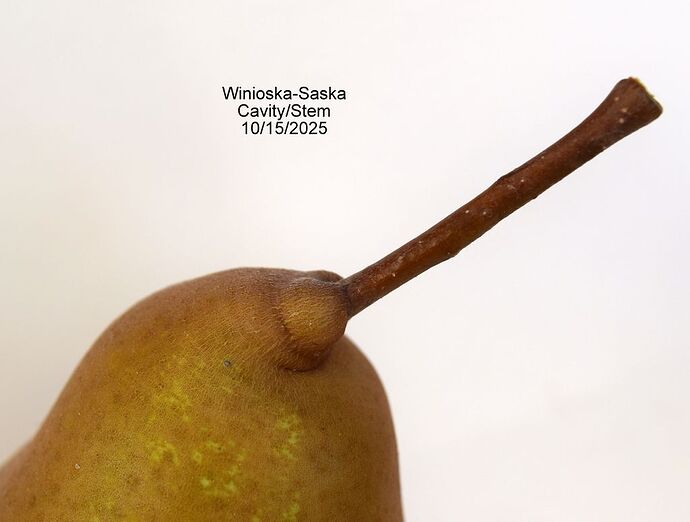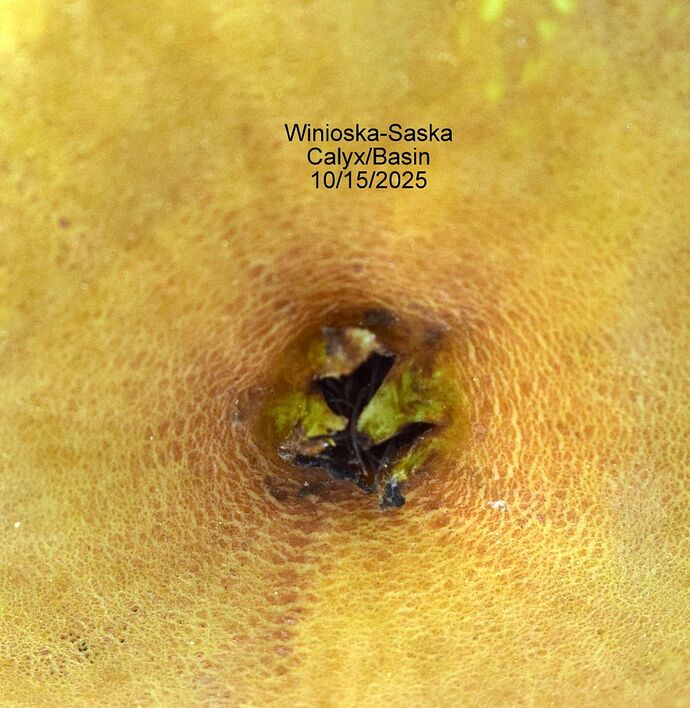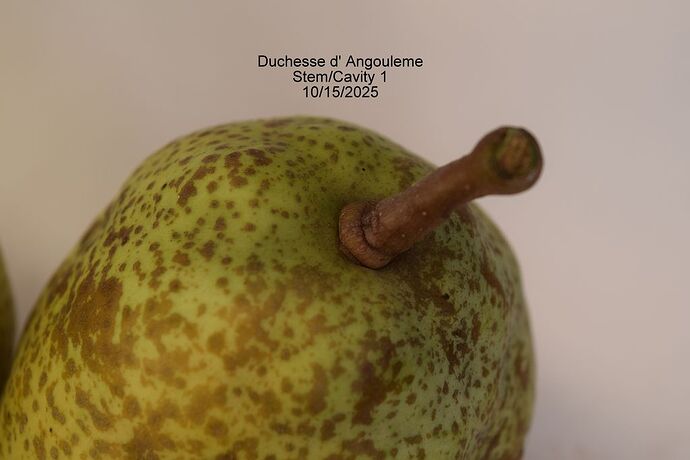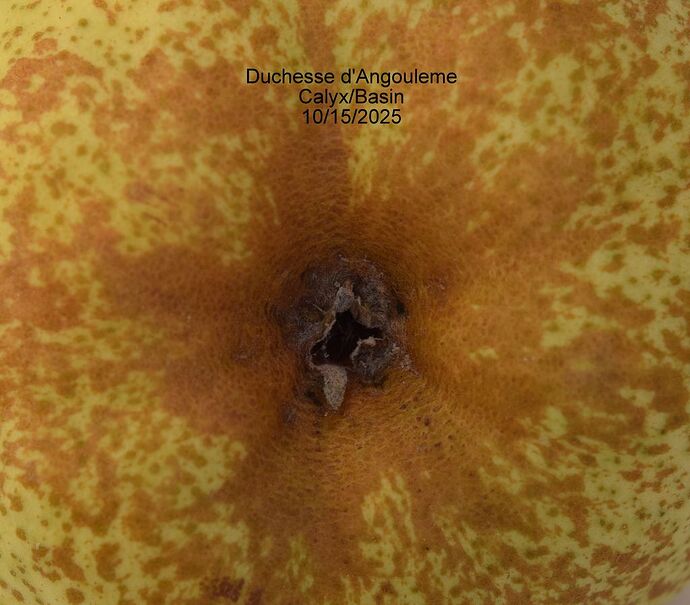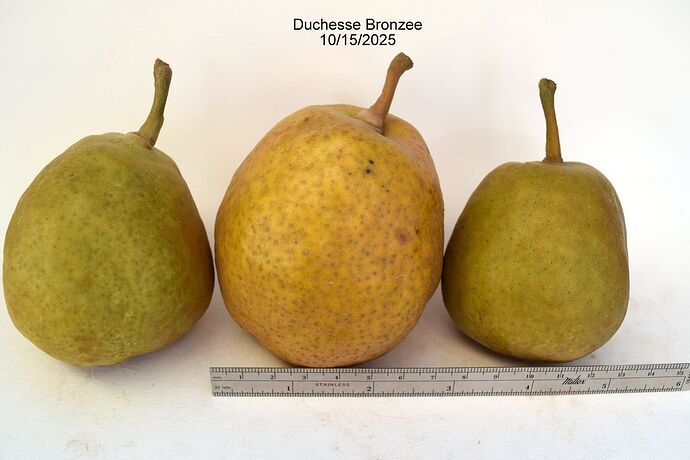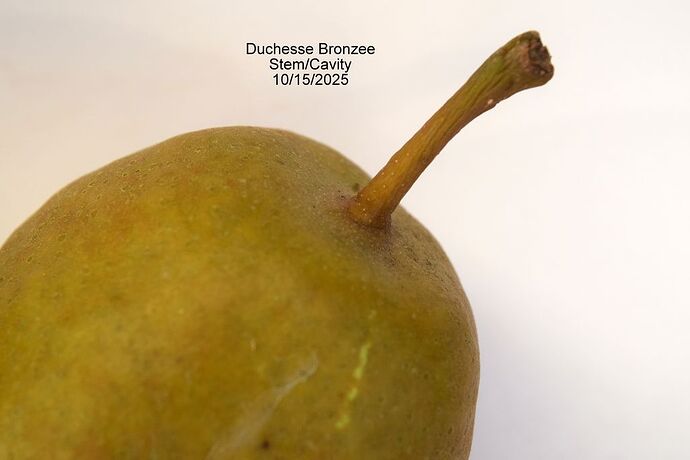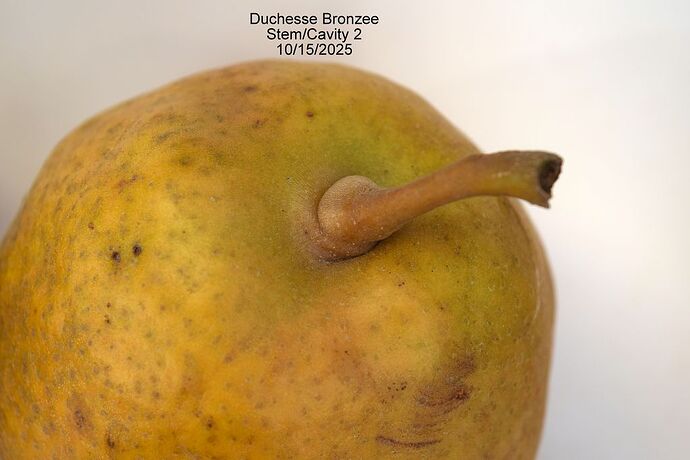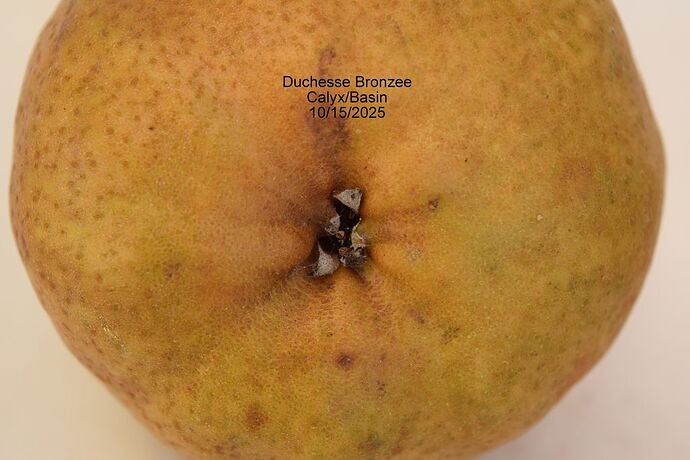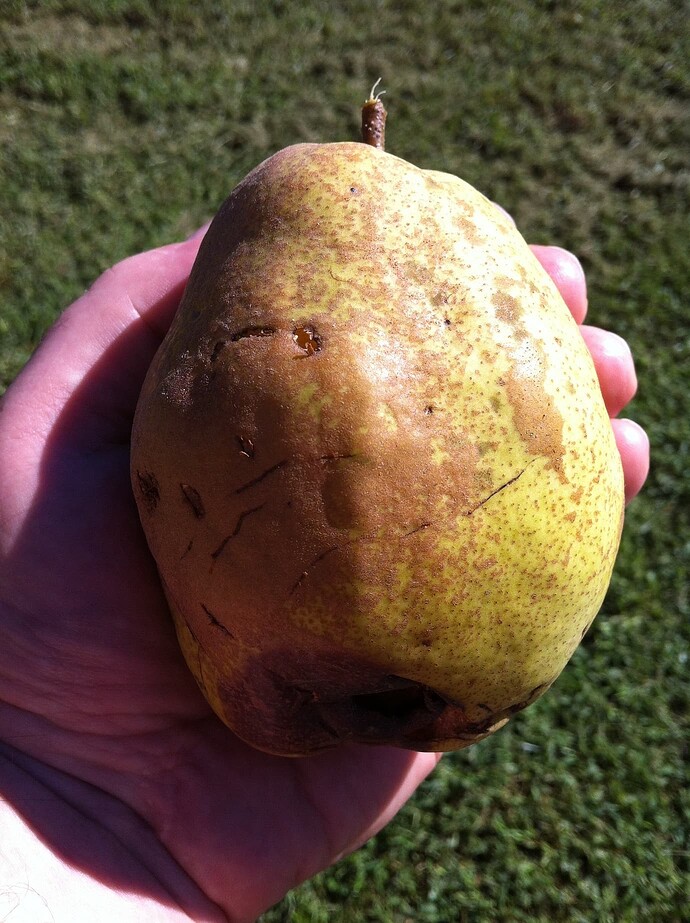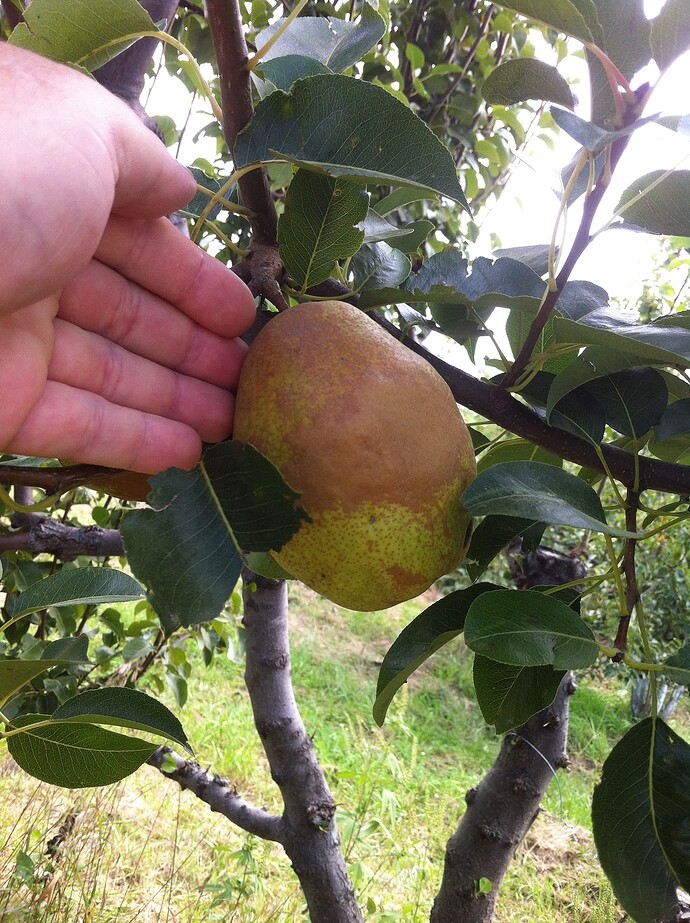@Fusion_power @mayhaw9999 My very best pears this year were potomac, large seckel, drippin honey. Many would rate clara frijs and warren higher, and i wont say they are wrong its preference. My very worst pear this year was harrow sweet and it was one of my best. One tree i grew incorrectly in to much shade. That is a problem , the grower frequently can make a mistake however small it is and it matters. My meanie pears were very good. My bartlett were good. Harrow delight were at their best which is comparable with bartlett. Seckle was not at their best. Maxine was incredible. Karls favorite were exceptional. There were many good pears this year. Ten was the best i have ever had it. Clapps favorite , orcas, etc were all good. I enjoyed all of them! Sometimes Ten, Leona, charles harris etc run together as many southern pears do but i love tem in a different way. Ayers is dripping and juicy , sweet and melting but this year the skin had an off flavor . We are so lucky to be able to compare them all. I dont even remember my favorite of kosui, pai li , ya li, shinko, shinsecki, korean giant, chojuro, etc. We are all blessed and fortunate to be pear enthusiasts.
Bartlett Pears from my neighbors tree (I have it newly grafted on a Callery rootstock). It spent 2 weeks in the fridge and 4 days on the counter. They were perfect!
Adding more “acidic” intensely flavored pears:
Barney Pear, Belle des Arbres, Bellissime d’Hiver, Best Ever, Catillac, Louis Pasteur, Pitmaston Duchess, and Saint-Remy are the varieties I’ve gone over and think most likely to develop “acidic” flavor when cooked. Sources are from Pepinhier and Book of Pears. One source for Best Ever is from the description in ARS. Do some due diligence and see if these look like possibles.
I trust the notes from this source and its worth reading his opinion on june sugar and other early pears . There are times where his opinions will make you chuckle Chathamapples pear information - it's worth reading as the author has an extensive knowledge of pears
" June Sugar
Breeder(s): Someone who should know better than to have released such a thing.
History: Heritage pear whose claim to fame was that it 1) survived in the South and 2) produced pears very early in the season. The “Sugar” part of its name has been alternatively said to be as sweet as sugar (by someone who was drunk) or that its flesh was as dry as sugar.
Rootstocks used: P. calleryana & Provence quince.
Orchards grown in: Coal Mountain, Georgia.
Notes:
Fruit quality: Flavor is dry, astringent and basically inedible. Texture is hard, but not crisp. Maybe people who planted this were starving, but they would have been better off cutting off a big limb, killing a rat with it and eating that. The worst pear I’ve ever grown.
Fruit size: Medium. *** g/fruit
Fruit appearance: Pyriform, green. Unattractive, but not as unattractive as it tastes- that would truly be butt-ugly.
Culinary characteristics: Maybe you can cook with it. I didn’t try. Maybe you can boil a softball, add lots of sugar and make something of that, too. I suggest trying the softball broth first.
Storage characteristics: I don’t know and I don’t care.
Harvest season: Early in Coal Mountain, Georgia.
Bloom season: late; almost a month after Spalding.
Pollination: Unknown.
Diseases: Susceptible to fireblight, but not enough to kill this miserable tree. Very susceptible to pear leafspot as well. On calleryana, 60%, 90%, 20%, 30%, 70% leaf retention in 1982, '83, '84, '85, & '87, respectively. On Provence quince, it retained 90%, 20%, 70%, 30% of its leaves in 1983, '84, '85 & '87 respectively.
Precocity: Slow to come into bearing, but not slow enough; first fruit set in 7th year on calleryana rootstock. Provence quince did not significantly accelerate production.
Productivity: Moderate (frankly it’s too productive considering how horrible the fruit are- barrenness would be a blessing.
Growth habit: Vigorous and upright; crotch angles narrow; to add to this miserable cultivar’s bad characteristics, it has an unruly growth habit; Dead rootstock recommended so that you are never subjected to these awful pears.
Bottom line: At this point, do I really have to say? Not recommended in the Southeast or anywhere else this side of Hell.
References other than my own experience: May or may not be the same as ‘Early Green Su"
I already figured out that June Sugar is anything but. Bella di Giugno and Stuttgarter Geishirtle are currently on my list as early pear possibilities.
Other than very early varieties, I’m also looking closely at very late pears and pears for specific culinary use. Pitmaston Duchess and Best Ever are front runners currently.
Clark,
A great list of good-tasting pears. My Drippin’ Honey has grown like a weed this year, so I should have fruit next year. That said, I’m not a fan of the Asian pears in general. I like to munch on them in the orchard, but rarely use them for anything else. The family does not prepare fruit salads that are well-suited to Asians. However, a buttery pear like Warren is often used as a dinner salad with blue cheese and a great dressing. We each have our own tastes and dietary habits.
Do you do any refrigeration after picking before you taste your varieties, or are all of your evaluations just ripened either on the tree or on the shelf? Many of the varieties I’m trying to evaluate require chilling before they will ripen properly and some will experience core breakdown if left on the tree for too long.
That is quite late to pick a Bartlett. The pears look a lot like Kieffer to me.
I do refrigerate a bunch of different types. The french / European types certainly benefit from refrigeration. If for no other reason to make them last longer. I’m not sure it matters with Asian, hybrids or southern pears, i can taste little difference with all but a few pears with refrigeration. Clara frijs, comice and comice types make more of a difference than most.
Darrel, I lost Best Ever to fire blight in 2022 before I got to taste its fruit. It had a few pears set when the blight took it down. It certainly has good press from those growing it in the NW. I’ll add it and Pitmaston Duchess to a GRIN order. It looks like the GRIN site is down. I’ve tried to load it since yesterday without success.
You mentioned Stuttgarter Geishirtle as a possible early pear. It is not as early as some and like all early pears, it does not last long. I have grown it as a one-limb graft on a large multigrafted tree since 2011. It never misses setting a heavy crop, and if I thin it vigorously, the fruit get a little larger. They are a delightful fruit to munch on in the orchard and give to friends with the caveat, eat now - don’t try to save.
Clark, those you mentioned as being good this year in post 220 - were any of those refrigerated?
Thanks David, I have the info from your posts that Stuttgarter Geishirtle ripens early August. I’m interested in it because I don’t have many pears that ripen in that window for fresh eating. Bella di Giugno is the earliest I’ve decided to grow. There are 2 or 3 other early varieties I may look for.
If you get Best Ever and Pitmaston Duchess, please consider sending me a stick of each. Best Ever is also available at Wagonwheel. Also, if you don’t object, I might ask you to get a couple of others from ARS.
A few days ago, I finally got around to picking more Duchesse d’Angouleme and Duchess Bronzee. I also picked Winkleman, Winioshka-Saska and El Dorado.
The Winkleman and Winioshka-Saska are single-limb grafts on a large multigrafted tree. They were grafted in 2012 and have grown well with no fire blight. Both have a good fruit set every year. Due to the fact that I have been rather lax in my pruning of them, they have become very dense, and this year, the Winkleman was badly infected with scab.
As most of you know, Winkleman and El Dorado are thought to be the same cultivar. I have El Dorado growing elsewhere on a top-worked Spina Carpi grafted on calleryana and also growing as a small tree on OHxF 333. The fruit on those trees had no scab.
El Dorado was discovered in El Dorado County, CA, in 1931 by Robert Patterson on a fencerow between orchards of Bartlett/Williams and Winter Nelis.
It has good fire blight resistance and will store for several months. I normally pick it in mid to late October and store it in the refer for a few weeks before it is ready to ripen. The fruit this year are large and beautiful. Many weigh more than a pound.
Winioska-Saska is a pear developed in Poland. I have been unalbe ot find out anything about it with internet searches. I recently emailed Instytut Ogrodnictwa in Poland, the modern successor of the Polish Institute of Pomology, who sent scions to the US but have had no response to date. What we do know is that one parent is Josephine de Malines and with those genes it is a great storage pear. I have used it for cooking in Janurary with excellent results
It is october 17th and i still have plenty of pears hanging @Fusion_power how much later than November would you want? I would have to dig later pears out of a snow drift or unchip ice from them. I still have lots of fruit to pick.
Duchess D’ Angoulme
Kieffer
Douglas
El dorado
@mayhaw9999 one other i forgot to mention that needs refrigeration but was pretty decent this year was conference. It is a good variety for me. Concorde and doyenne comice are more frail than conference with similar taste as they are all closely related. Slightly better than warren on a bad year , but lets be honest and frank warren is great like magness. My advice grow all 3 of those if you like comice. The benefit is the ripening time is different on conference than warren and magness which overlap. If you need it or others just say the word.
I also picked Duchesse d’Angouleme and Duchesse Bronzee on October 15. They had both started falling.
Duchesse d’Angouleme can be a huge pear, but as grown by me are usually normal-sized.
Here is what Hedrick has to say in Pears of New York:
“The fruits of Duchesse d’Angoulême excite admiration and wonder by their enormous size. They may always be known by their great size, squat pyriform shape, and uneven knobby surfaces. Well grown, the pears have other virtues than size, as the flesh is buttery and melting with a rich and delicious flavor.”
Duchesse Bronzee scored fairly well at our tasting last weekend. It wasn’t quite ripe.
Also from Hedrick’s book - a short note in the Minor Varieties section:
“A sub-variety of Duchesse d’Angoulême found in a garden of M. Weber, Dijon, Fr., and introduced in 1873. Fruit large to very large, differs from type by its skin being red-brown or bronze, this feature being perfectly constant; flesh fine, melting, juicy, sugary; first; Oct. to Dec.”
I really like Duchess D’ Angoulme. It is a heavy producer with a good flavor. It is not in the class of exceptional pears though it is one of my favorites. I have seen them grow to near 2 pounds and they can easily exceed that.
Lucky’s Very Late pear is still not even close to ripe. I sampled one earlier that was insect damaged. Flavor was very good. Please document which varieties mature in November. That is the time slot in which I have very few pears maturing.
I have Duchess d’Angouleme, Kieffer, and Douglas. I’m still looking at El Dorado to see if it is different enough to be worth grafting. I’m also going to get Easter Beurre since it is very late and stores very well.
That is an abnormaility for douglas to be this late ir usually ripens late setember. Korean giant and kieffer usually ripens in october , sometimes duchess d’ anglome can ripen in October but it goes into November frequently. This is an unusual year.
For me, Duchesse always ripens in early to mid Oct.
David, what do you know about Spartlett? I found a note stating it is a very acidic intensely flavored pear that can be stored several months. It is a cross of Bartlett X Clapp’s Favorite.
